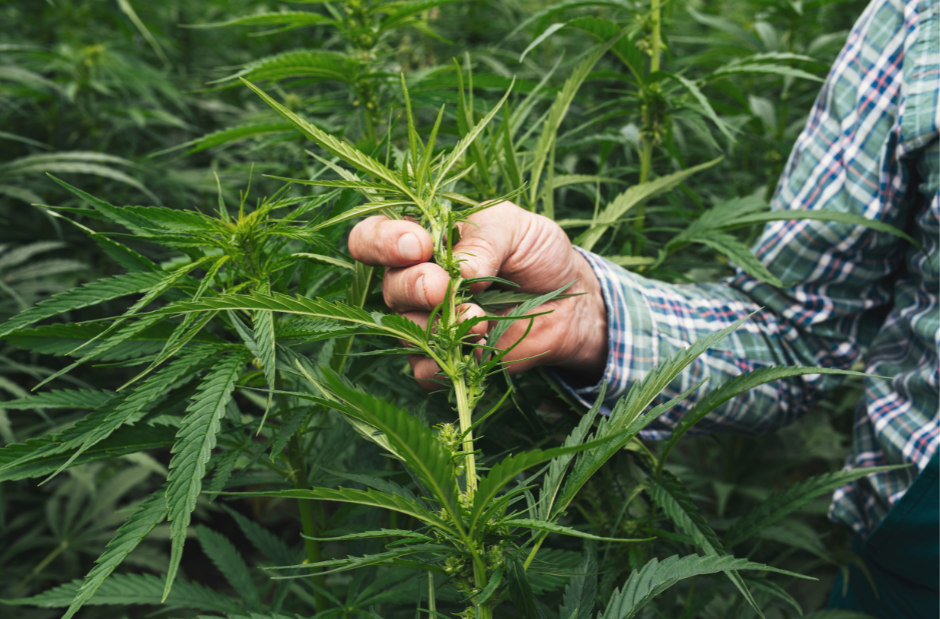Climate change and sustainable farming practices have been a hot topic of conversation over the last decade. Some individuals direct their focus to creating renewable energy resources, while others focus on water conservation. In fact, there are hundreds, if not thousands, of ways to help improve the planet for future generations to come. Hemp is just one of these ways.
Hemp is a useful plant for dozens of different reasons. The influx of biomass on the market has accelerated cannabinoid research in the medical field. Hemp seeds can be a useful source of protein and fiber for both humans and some animals. Products traditionally made with paper can now be created using hemp fiber. And speaking of hemp fiber, even houses can be made from it.
So with all of the things hemp can do, how can it help improve farming practices and improve/repair soil quality?
It All Starts at the Roots
In the 1930s, the United States faced what would later be known as the Dust Bowl, a devastating period of severe soil erosion. Contributing factors included a prolonged drought and unsustainable farming practices that stripped the land of protective vegetation. The Library of Congress notes, “The farmers plowed the prairie grasses and planted dry land wheat. As the demand for wheat products grew, cattle grazing was reduced, and millions more acres were plowed and planted.”
This extensive removal of natural prairie grasses left the soil defenseless against extreme weather, especially the intense winds typical in states like Kansas and Oklahoma. The result was a disastrous series of dust storms that became deeply embedded in American history and culture.
Removing native plants weakens soil stability, but sustainable agricultural practices—and the reintroduction of plants with strong root systems, like hemp—can play a vital role in restoring and protecting the soil from erosion.

How Hemp Can Help Heal Soil
Hemp is not only a soil stabilizer but also a powerful plant for repairing degraded soil. Through a process called phytoremediation, hemp absorbs heavy metals, pesticides, and various contaminants, storing them within the plant until harvest.
For instance, a 2020 study published in GCB Bioenergy highlights, “A multitude of research has shown that hemp is capable of phytoextraction of heavy metals and radionuclides, with contaminants being distributed throughout the entire hemp plant in varying concentrations.”
Ongoing Research
Contemporary studies continue to examine hemp’s role in soil restoration. A 2022 study by USDA-ARS-Western Regional Research Center in California demonstrated that industrial hemp can efficiently absorb heavy metals from the soil. The study concluded, “Hemp has deep roots and is tolerant to the accumulation of different metals. In addition, the crop biomass has many potential commercial uses after harvesting is completed.”
The momentum in soil remediation research has accelerated over the past decade due to increased legalization, which has led to a surge in available hemp biomass. The availability of hemp seeds and seedlings has also expanded, enhancing research possibilities.
In Summary
Hemp offers a promising natural solution for soil repair and conservation. Modern research shows its potential to extract toxins and combat erosion. Yet, questions remain about the most sustainable use for hemp post-harvest. Whether processed into biofuels, building materials, or other eco-friendly products, hemp’s potential is still unfolding. This is just the beginning of an exciting journey in sustainable agriculture.